Why is gold manning suitable for medium and deep baking? What's so good about golden manning coffee?
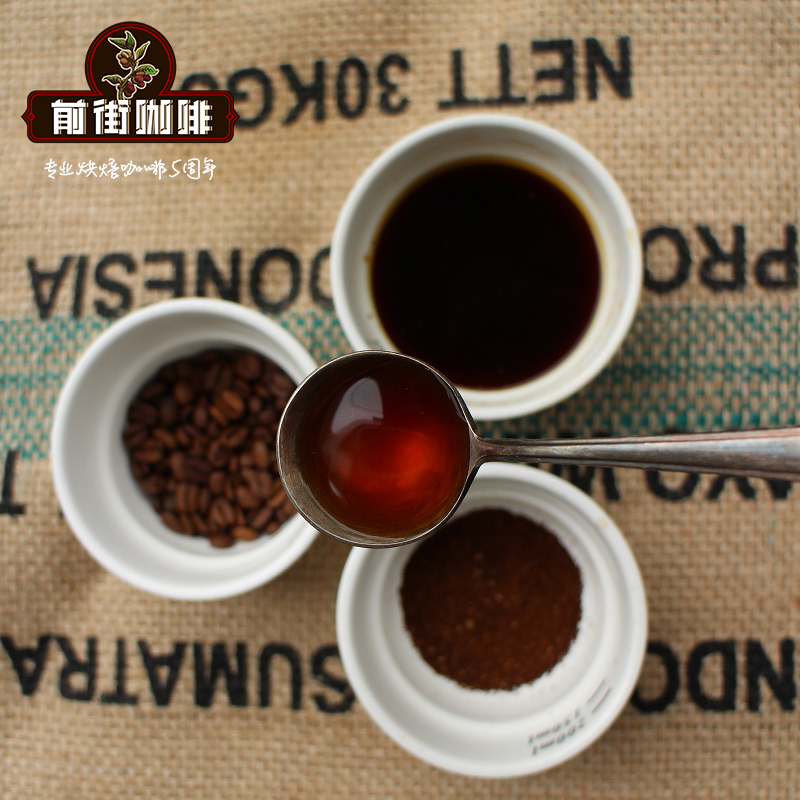
Professional coffee knowledge exchange More coffee bean information Please pay attention to coffee workshop (Weixin Official Accounts cafe_style)
[Foreword]
Recently, many friends like to drink hand-brewed coffee with less sour taste. In addition to the light and medium roasted sun [Red Cherry],[Berry Orchard] and [Sidamo Flower Queen], there are also medium and deep roasted [Brazilian Queen],[Honduras],[Gold Mantenin] and [Tiger Mantenin]. If you prefer mellow and rich taste, the beans of [Mantenin] series are also a good choice. Why? Can't medium-light baked beans be made rich in taste? We can learn from several aspects:
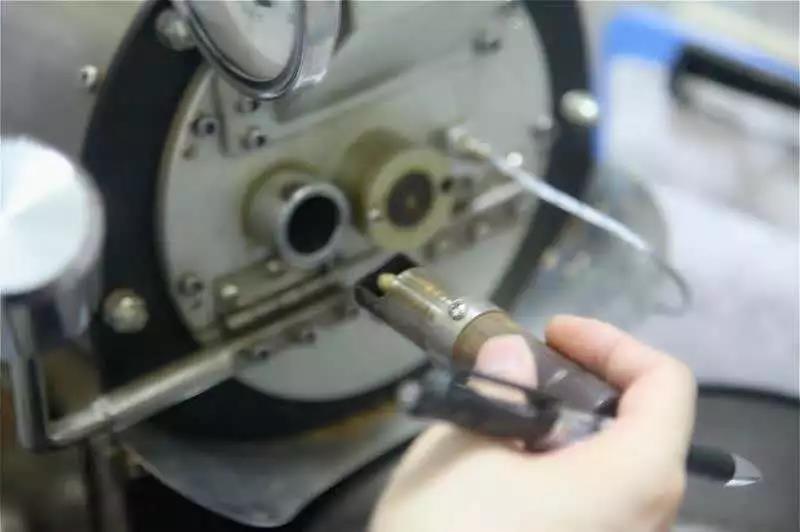
1, baking process:
Roasting coffee converts the chemical and physical properties of green coffee beans into roasted coffee products for ten to twenty minutes at temperatures up to more than 200 degrees Celsius. After many chemical changes, it emits a first explosion and a second explosion, such as popcorn, and loses moisture. The green beans expand and change their color, taste, smell and density, thus producing the special flavor of coffee.
Green beans have similar acidity, protein, and caffeine as roasted beans, but lack the flavor. Green beans contain a lot of chloric acid, which gradually disappears during baking, releasing familiar and pleasant fruit acids such as acetic acid, citric acid and malic acid contained in wine. Baking is just right to present these beautiful sour acids in moderation. The baking process requires sufficient heat to accelerate the Menard reaction and caramelization. As the color deepens, the fragrant oil is gradually released and the texture becomes crisp.
What is caramelization?
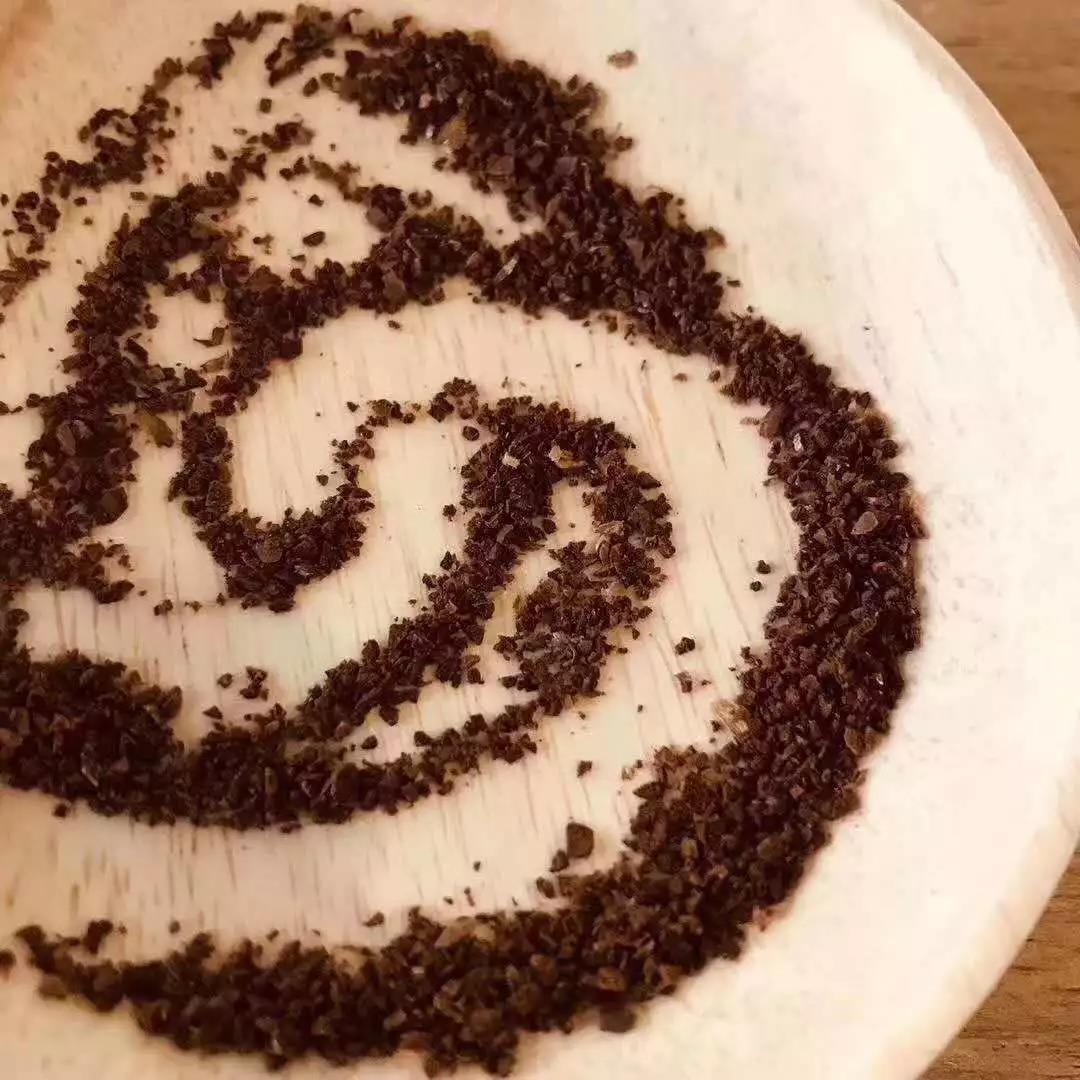
The sugar in coffee beans undergoes caramelization reaction at about 170-200℃, which is exactly the melting point of sucrose (185℃) and the temperature of the explosion stage when coffee beans are roasted. The caramelization reaction is the "oxidation" or "browning" reaction of sugar heating. The product is divided into two parts:
1. The dehydrated product of sugar is caramel or brown
2, cracking products, mainly some volatile aldehydes and ketones.
In short, caramelization produces the aroma, caramel and color of fire roasting, as well as other aromatic substances such as maltol, Cyclotene, furan compounds, etc., which can also be found in red wine, juice, cream and other foods.
However, if you caramelize too much during the roasting process, it is not a good thing. Instead, it will cause carbonization and make the coffee dry and bitter. If not caramelized enough, the aroma will be dull and lack of depth.
What is the Menard reaction?
Simply put, it is the degradation and polymerization reaction of sugar and protein or amino acids in beans, the color will also darken, and it will produce unique aromas, such as the burnt smell of plant fibers, the creamy sweet smell, the brown bread smell of toast, etc. All kinds of flavors come together. Most of these rich flavors come from the Menard reaction during baking.
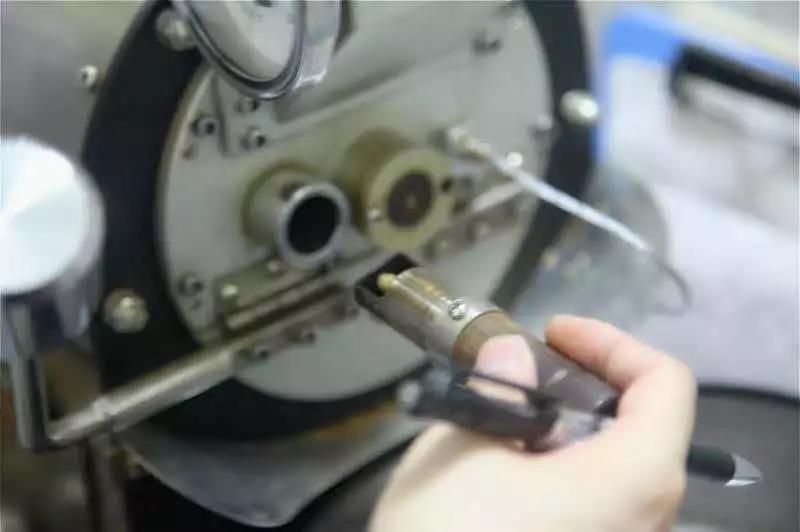
in that early stage, carbonyl amine condensation Amadori molecular rearrangement; in the middle stage, fructosamine, the product of Amadori molecular rearrangement, is dehydrate to HMF (hydroxymethylfurural), fructosamine is deaminated to reduce ketone, and amino acids react with dicarbonyl compounds; in the final stage, aldol condensation to form melanin polymerization reaction;
If sugar is cooked with proteins or amino acids, a Maillard reaction, or Maillard reaction, occurs. In addition to caramelization, some sugars interact with the latter in a series of chemical reactions, resulting in a more diverse range of compounds, in short, flavor is richer than caramelization, not only coffee beans, chocolate, maple syrup, brewing beer and so on are the final products of Mena reaction.
2. How does the baking process affect flavor?
Caramelization and Mena reactions each produce the following aromas:
(1) Caramelization: sweet, sour, bitter, fruity, sherry smell, creamy sugar, caramel, nuts
(2) Menard reaction: salty, floral, onion and meat, green vegetables, chocolate, potato and earthy, incense, smoky, choking and caramelized aromas mentioned above
Both reactions occur simultaneously, but the complex chemistry of caramelization and Menard reactions has not been fully understood by scientists, and many of the flavor compounds are not fully recognized. Different baking degrees, flavor performance is also different, in our [36 flavor smell bottle], basically includes light, medium and deep baking flavor performance, respectively,[enzyme group],[caramel group],[dry distillation group],[defect group].
Light roasted beans, most of them show the sour fruit flavor of [plum group], such as lemon, coffee flower, apricot, etc.; medium roasted beans, most of them show the caramel flavor of [caramelized group], such as roasted almond, hazelnut, roasted peanut, etc.; deep roasted beans, showing the choking flavor of [dry distillation group], such as fir, pepper, clove.
The caramelization reaction of medium and deep baked beans is near the end, dominated by Mena reaction, producing resin rhyme, spicy rhyme, carbonized rhyme and other odors. Our gold mantnin has better flavor performance in medium and deep baking, with elegant woody fragrance, cedar, fir fragrance, turpentine flavor, smooth taste and thick texture.
3. How can baking express the better flavor of [Golden Mantenin]?
Before baking golden manna, we will know the baking direction from the planting information. The planting altitude of golden manna is 1100-1600 meters. It is produced in Lindong area in northern Sumatra, Indonesia. The climate is humid. In order to speed up the drying speed, wet planing method is adopted. The ripe fruit is picked by hand. To ensure the quality of the preliminary beans, it is put into the barrel for dry fermentation, so that pectin sugar is fully fermented to increase flavor. Pectin sugar is fully fermented to increase flavor. The fermentation time is usually between 12-36 hours, depending on the specific situation; then the sun exposure for 1-2 days, when the moisture is dried to 35-40%, then grind off the shell with a sheller, and then dry in the sun until the moisture content reaches about 12%-15%.
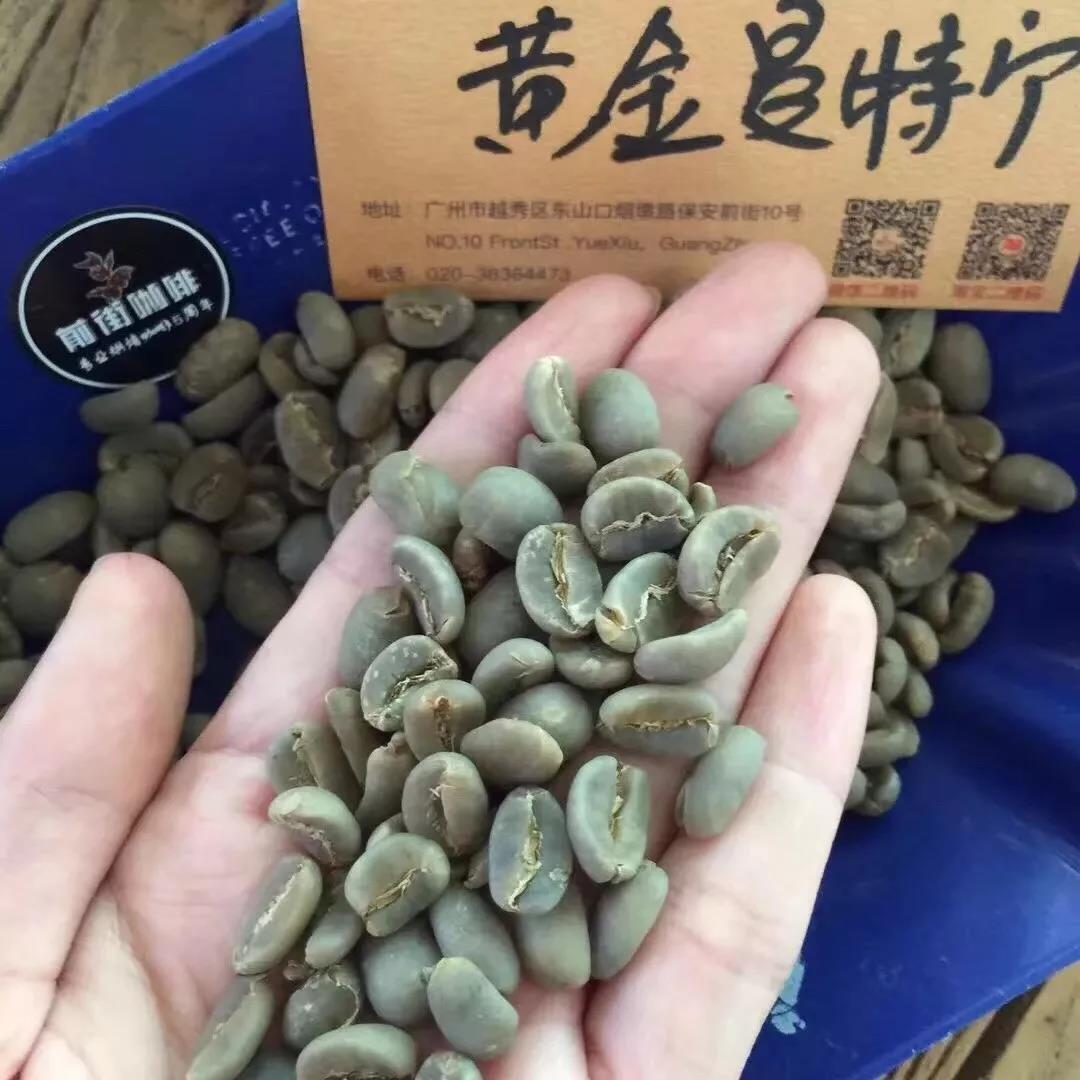
It belongs to raw beans with more moisture, and there is a higher deviation value in moisture from sun-dried beans. Therefore, special attention should be paid when dehydrating. Raw beans with high moisture content can be put into raw beans. Close the damper immediately. Steam for 30 seconds and then open it to 3 until the color of raw beans turns light green or white. Open the damper to 4 and open it to 5 (maximum) after explosion.
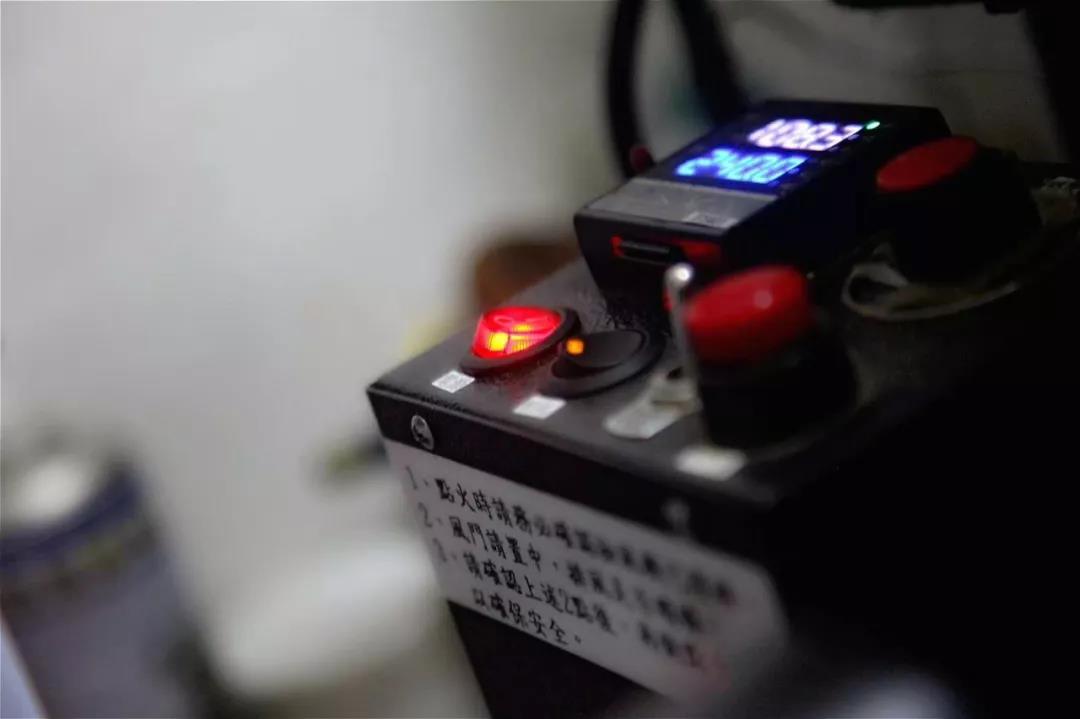
Simply put, bake the gold mantinin from the inside to the outside. On the basis of baking, use a better baking method to express the flavor of this bean. Caramelization is the most important part of coffee flavor. After six to seven minutes of roasting, the green beans absorb a lot of heat and start the pyrolysis reaction. The first explosion occurs. Some sugars are converted into carbon dioxide. The water continues to evaporate. New aromatic components gradually develop into so-called coffee oil, which combines with hundreds of aromatic substances such as nicotinic acid, citric acid, quinic acid, malic acid, acetic acid, caffeine, etc.
Pyrolysis reaction can continue to the second explosion, although caramelization is an important process to wake up the aromatic spirit, but with the baking time lengthened, some ingredients will also be carbonized, forming a bad astringent substance, how to obtain the highest caramelization, while also reducing carbonization to a minimum, to avoid coke, tires and other defects.
Bake curve:
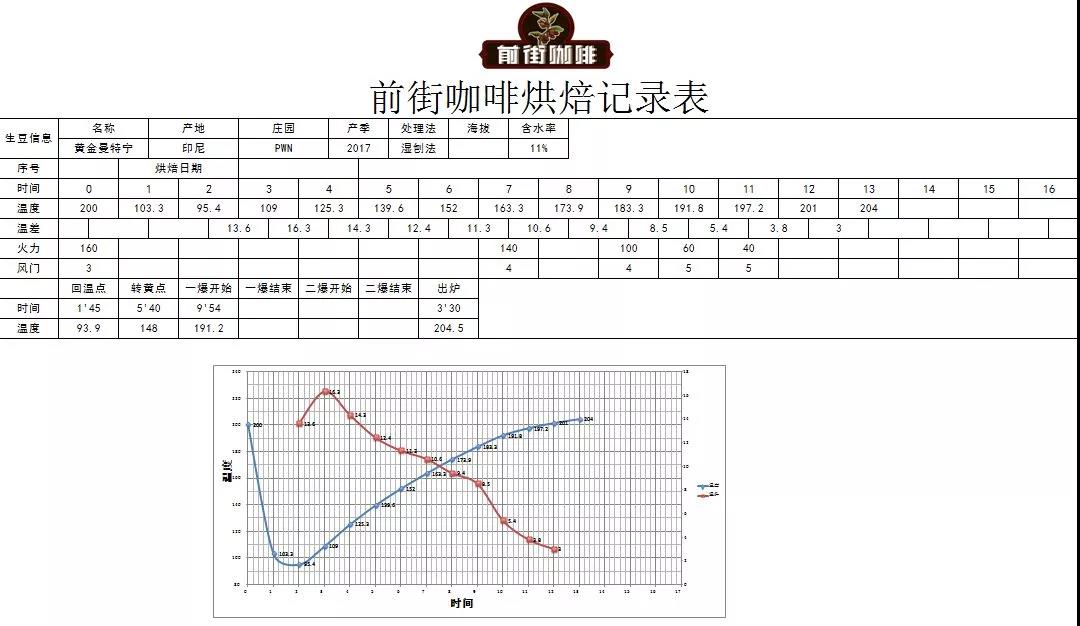
heat that oven to 200 DEG C, putting into the pot, open the air door for 3 minutes, adjusting the fire to 160 DEG C, keeping the air door unchanged, baking to 5 '40 ", the temperature is 148 DEG C, the bean surface turns yellow, the grass smell completely disappears, dehydration is completed, the fire is adjusted to 140 DEG C, and the air door is changed to 4;
9 '40 minutes, the bean surface appears ugly beard wrinkles and black stripes, toast flavor obviously changed to coffee aroma, can be defined as the prelude to a burst, this time to hear the sound of a burst point, to 9' 54 "to start a burst, turn down the fire to 60 degrees, throttle fully open (adjust the fire to be very careful, not small to no burst sound), in 204.5 degrees pot.
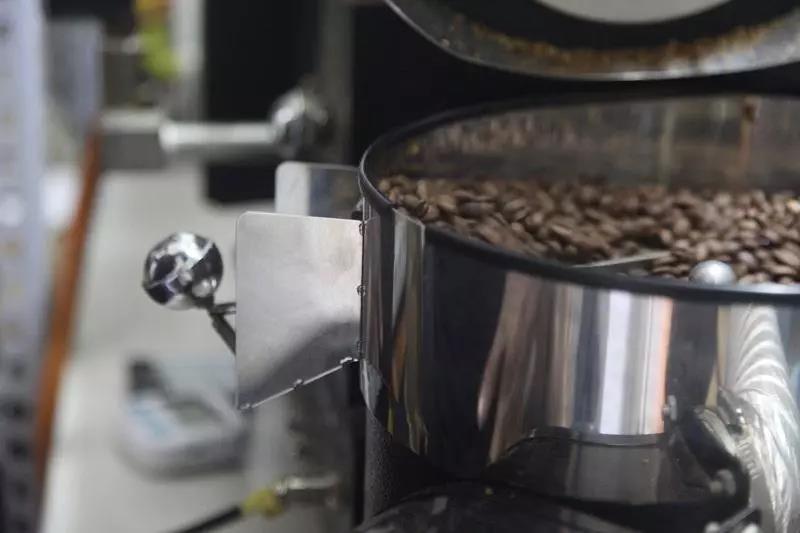
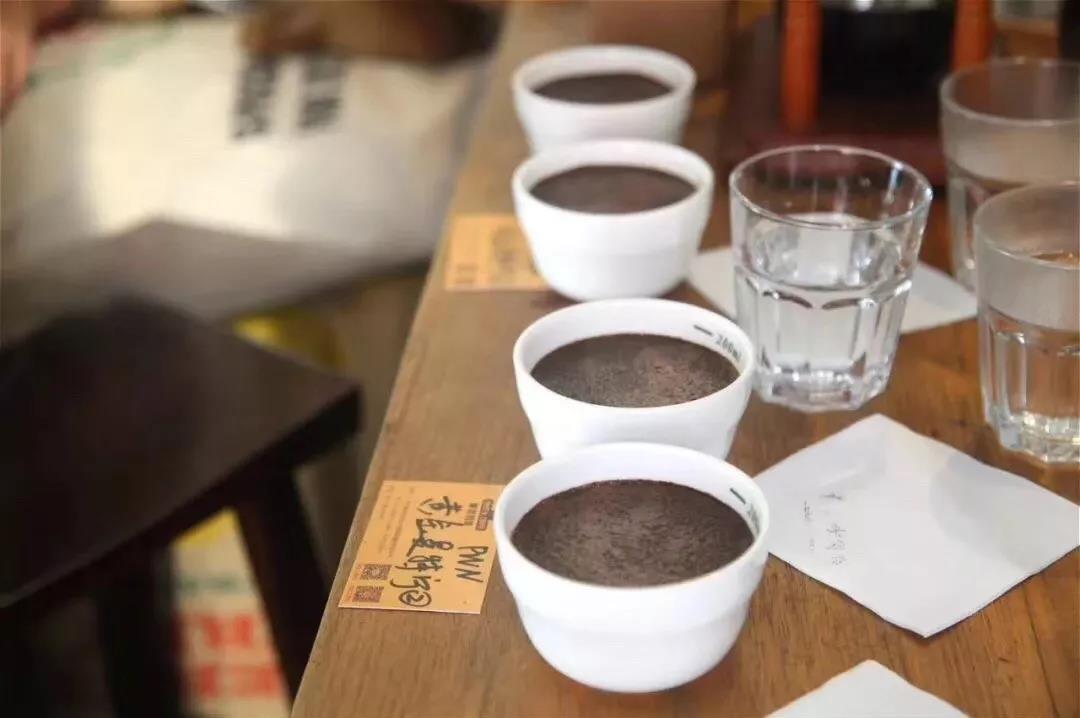
Flavor characteristics:
Golden mantel has a high-quality herbal flavor, caramel sweet fragrance is more intense, fruit acid flavor is also more stable and elegant, rich sweet feeling, mellow, wild spice flavor, generally linton mantel is best baked to two explosion after baking, can effectively reduce the miscellaneous flavor, but golden mantel two explosion before baking has a very good transparency and sweet feeling, baking interpretation space is wider.
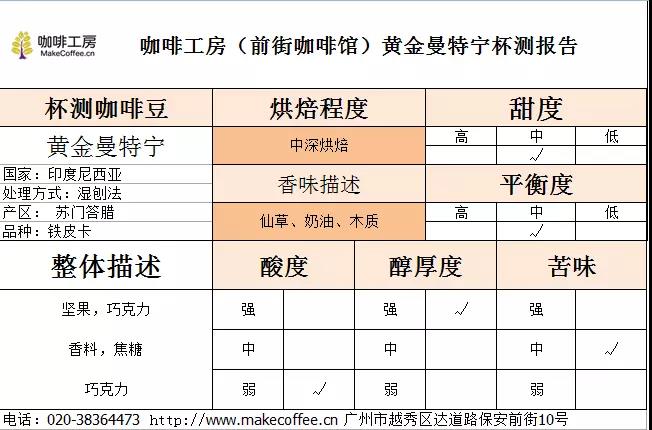
4. How to brew [Gold Mandolin]?
Deep baked beans in general dehydration rate is relatively high, so the weight is relatively light, brewing powder does not completely sink at the bottom, a start into the water will be absorbed immediately, due to the strong exhaust powder around the bubbles so there are channels, and these channels The fresher the beans maintain the longer, so that the water level drops rapidly I generally use coarse water flow, slowly around the circle.
The first brew:
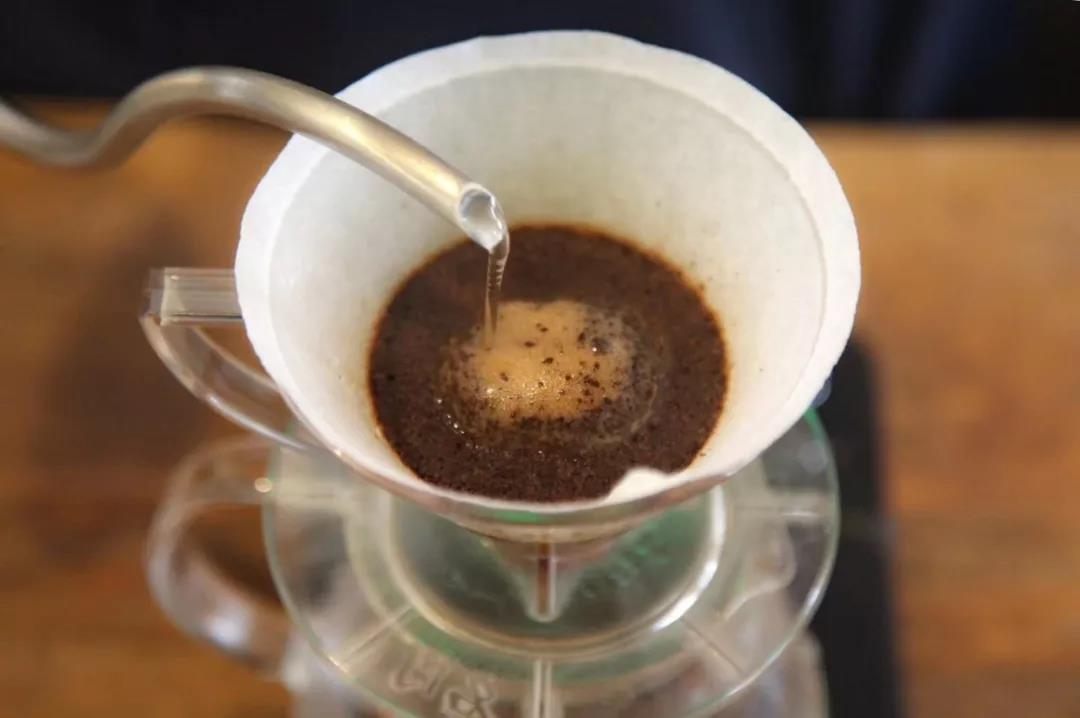
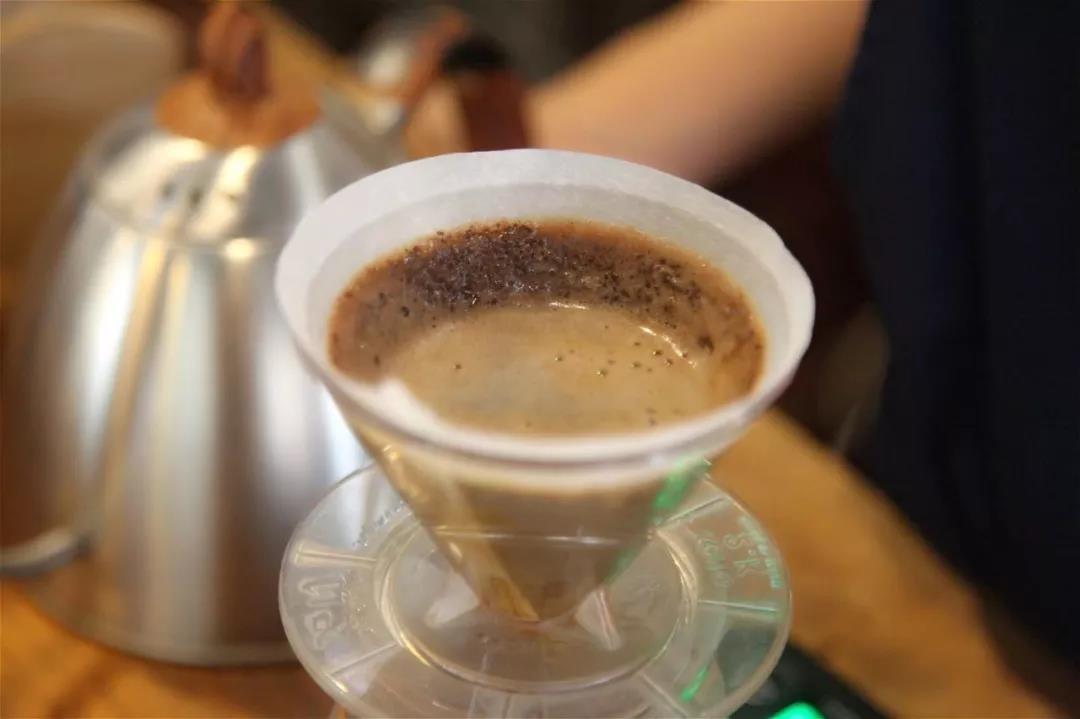
1. Filter cup: KONO
2. Water temperature: 86-88 degrees
3. Polishing degree: Small Fuji Polishing degree 4
4. Baking Degree: Medium Deep Baking
5. Steaming time: 25 seconds
Flavor: Multi-layered, clean, balanced, lasting caramel sweet finish.
Specific methods: 17g powder, small Fuji ghost tooth knife 4 grinding, kono filter cup, 86-88 degrees water temperature, the first water injection of 30g water, 30s stewing, high temperature continuous water injection, water powder ratio 1:14, extraction time 1:50, extraction to 238g end.
Second brewing:
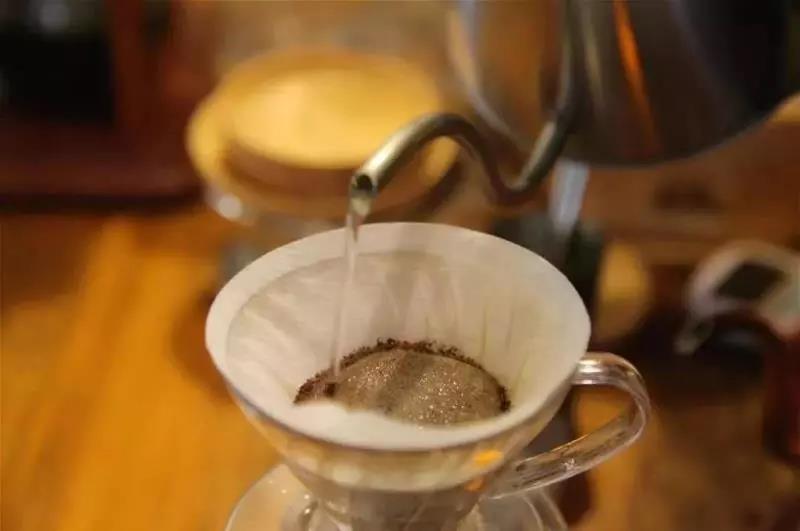
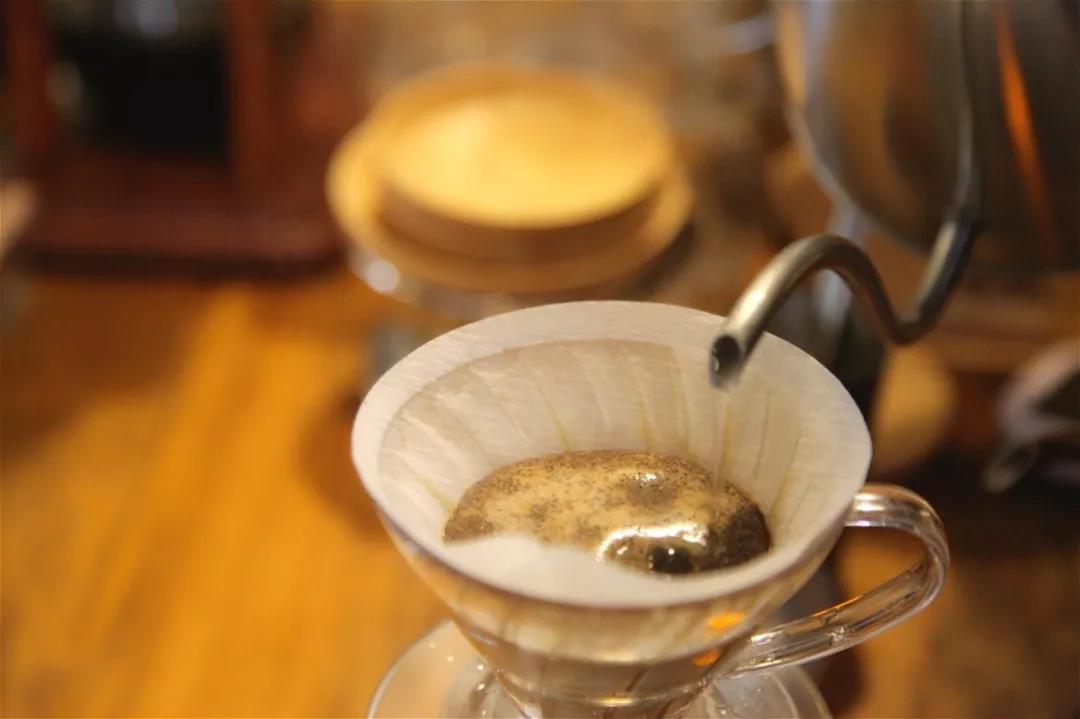
Filter cup: Hario V60
Water temperature: 86-88 degrees
Polishing degree: Small Fuji Polishing degree 4
Cooking method: 1:15 water-powder ratio, 15g powder, first injection of 30g water, stewing for 30s, second injection of 120g water, water cut off, wait for the powder bed water to drop to half, then slowly inject water until 225g water, extraction time about 2:00
Analysis: Three-stage brewing is used to clarify the flavor of the front, middle and rear segments of coffee; because V60 has many ribs and faster drainage speed, it can prolong the extraction time when water is cut off, and better extract the nuts and chocolate flavor of the tail segment.
Flavor: Various layers, overall clean, thin taste, lasting caramel sweet finish, there will be a trace of bitterness.
In general, the medium and deep baked [Golden Mantelin] can show its caramel, pine, high-quality herbs, slight spice and strong taste.
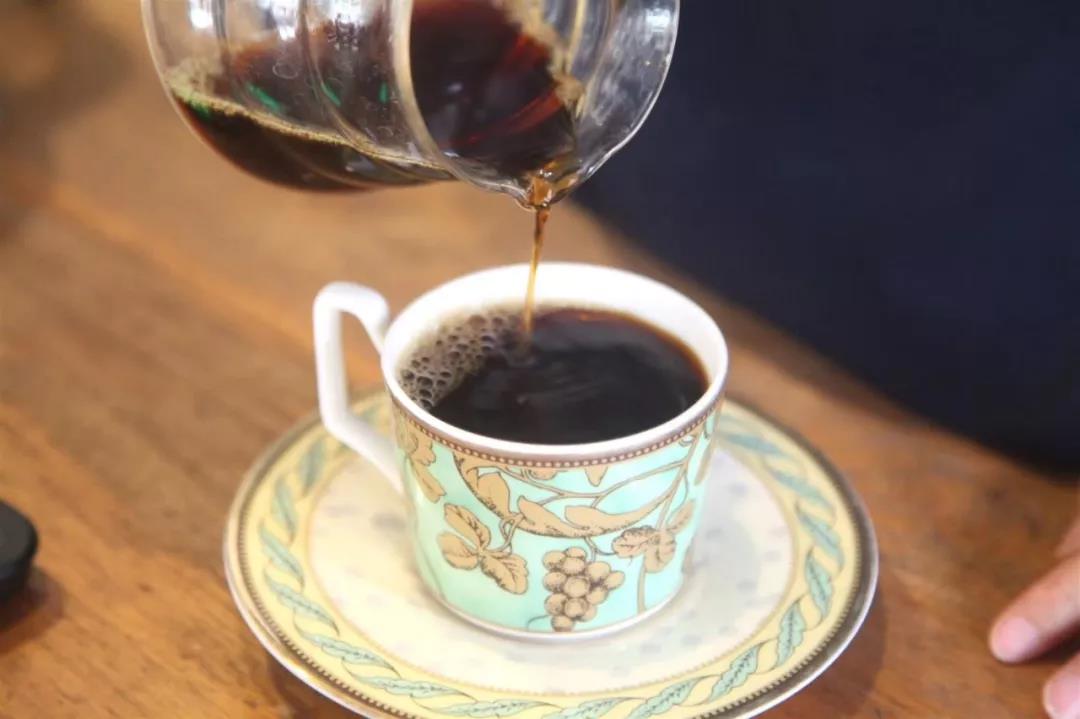
Qianjie Coffee: Guangzhou's baking shop, small store but a variety of beans, can find a variety of famous beans, but also provide online store services. https://shop104210103.taobao.com
For more professional coffee exchanges, please scan the code to follow WeChat: FrontStreetCoffee
Important Notice :
前街咖啡 FrontStreet Coffee has moved to new addredd:
FrontStreet Coffee Address: 315,Donghua East Road,GuangZhou
Tel:020 38364473
- Prev
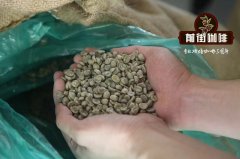
How to make decaf? disadvantages of decaf beans? is decaf good?
Professional coffee knowledge exchange more information on coffee beans Please pay attention to caffeine in coffee workshop (Wechat official account cafe_style) caffeine and decaf caffeine most notably, the taste of coffee has nothing to do with how much caffeine it contains. Caffeine itself has a slight bitter taste, the concentration basically comes from the degree of baking (the deeper it is, the stronger it is), and the concentration of coffee is coffee.
- Next
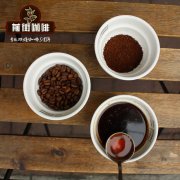
Do you know? The distinction between Arabica coffee and Robusta can not be seen solely in terms of bean midline and bean shape.
Professional coffee knowledge exchange more coffee bean information please follow the coffee workshop (Wechat official account cafe_style) coffee beans are the seeds of plants belonging to the Rubiaceae Family family, under the coffee (Coffea Genus) there are at least 25 major varieties, of which the two most important are the Arabica species Coffea arabica (Arabica coffee)
Related
- Beginners will see the "Coffee pull flower" guide!
- What is the difference between ice blog purified milk and ordinary milk coffee?
- Why is the Philippines the largest producer of crops in Liberia?
- For coffee extraction, should the fine powder be retained?
- How does extracted espresso fill pressed powder? How much strength does it take to press the powder?
- How to make jasmine cold extract coffee? Is the jasmine + latte good?
- Will this little toy really make the coffee taste better? How does Lily Drip affect coffee extraction?
- Will the action of slapping the filter cup also affect coffee extraction?
- What's the difference between powder-to-water ratio and powder-to-liquid ratio?
- What is the Ethiopian local species? What does it have to do with Heirloom native species?

